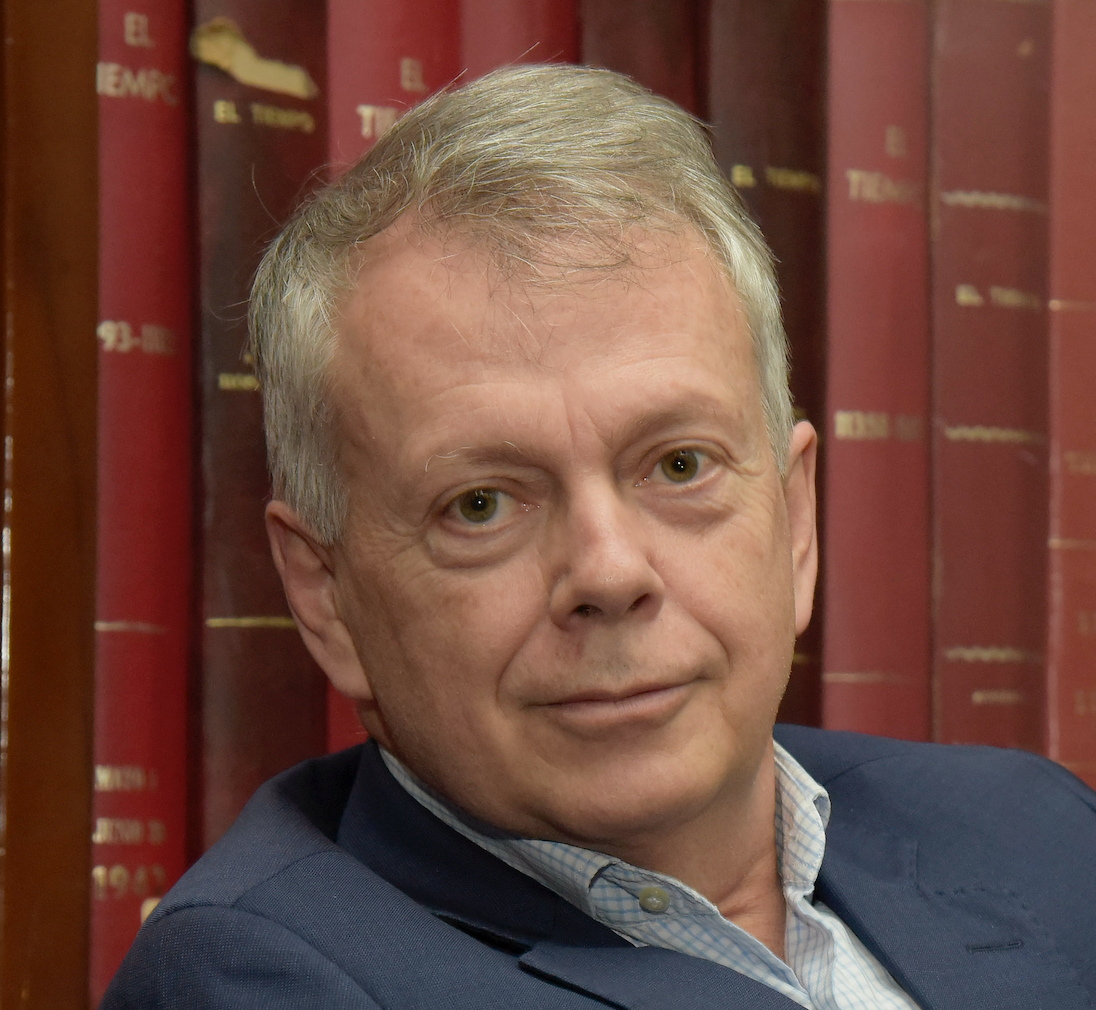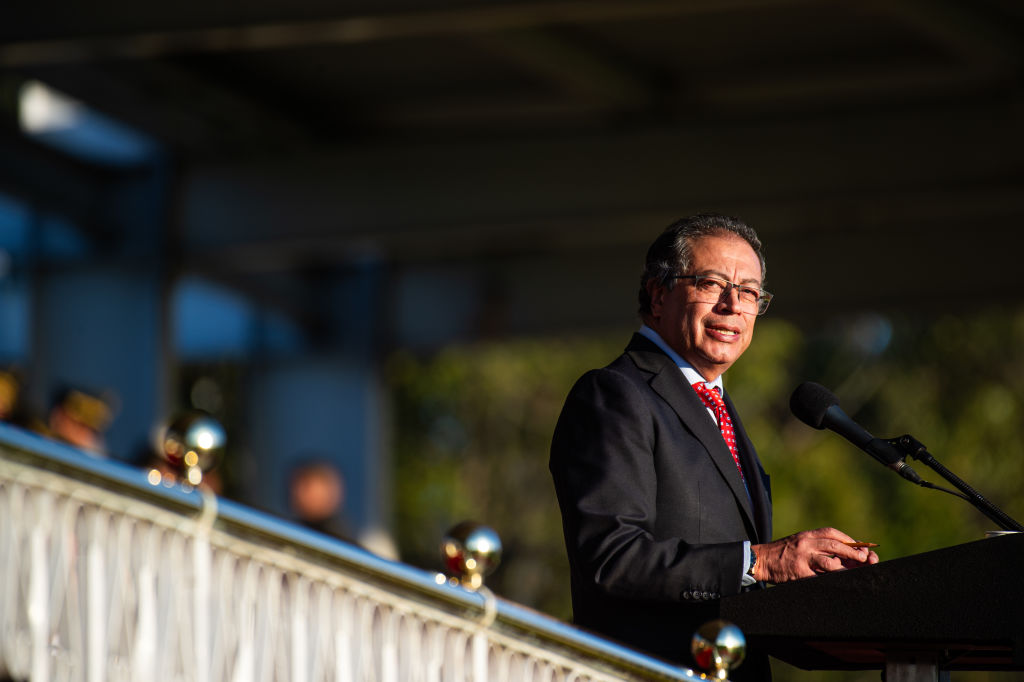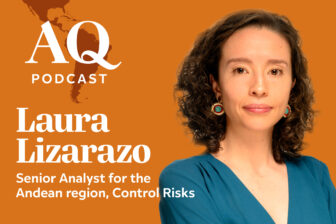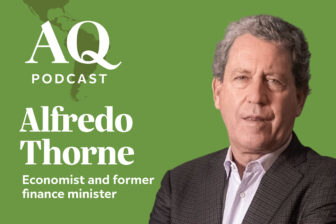BOGOTÁ—President Gustavo Petro is days away from marking the halfway point of his four-year term, and he is already acting like time is running out to fulfill his ambitious agenda. With the clock ticking and fiscal and security concerns mounting as the 2026 electoral season approaches, Petro is seeking major reforms while facing a strained relationship with Congress and a 26% approval rating. With an economy that is growing below average, the government faces high expectations and a restricted fiscal scenario.
Petro opened a new legislative session on July 20, and with a conciliatory tone, he proposed a national agreement aimed at “transforming Colombia regarding peace, democracy and social justice.” The president also apologized for the corruption scandal that took place at the national agency in charge of dealing with emergencies. When he later said that “the government has been efficient,” many senators and representatives laughed out loud.
The president has antagonized Congress repeatedly, and mistrust is still present in the legislature. In recent months, Petro has spoken about unleashing the “constitutional power” of the people to overcome the obstacles he has encountered in Congress. No one knows precisely what this means. His opponents have warned that he plans to circumvent the process of amending the Constitution, aiming to introduce changes such as presidential reelection. Others have viewed the proposal as a way to rally supporters given Petro’s poor numbers.
According to the latest Opinómetro poll, his approval rating stands at 26%, the second-lowest level since his administration began, while his negatives over the past two months have oscillated between 61 and 65%. Although the government finally passed a pension reform in June (one year later than expected), other key parts of his agenda, such as health and labor reforms, are still pending.
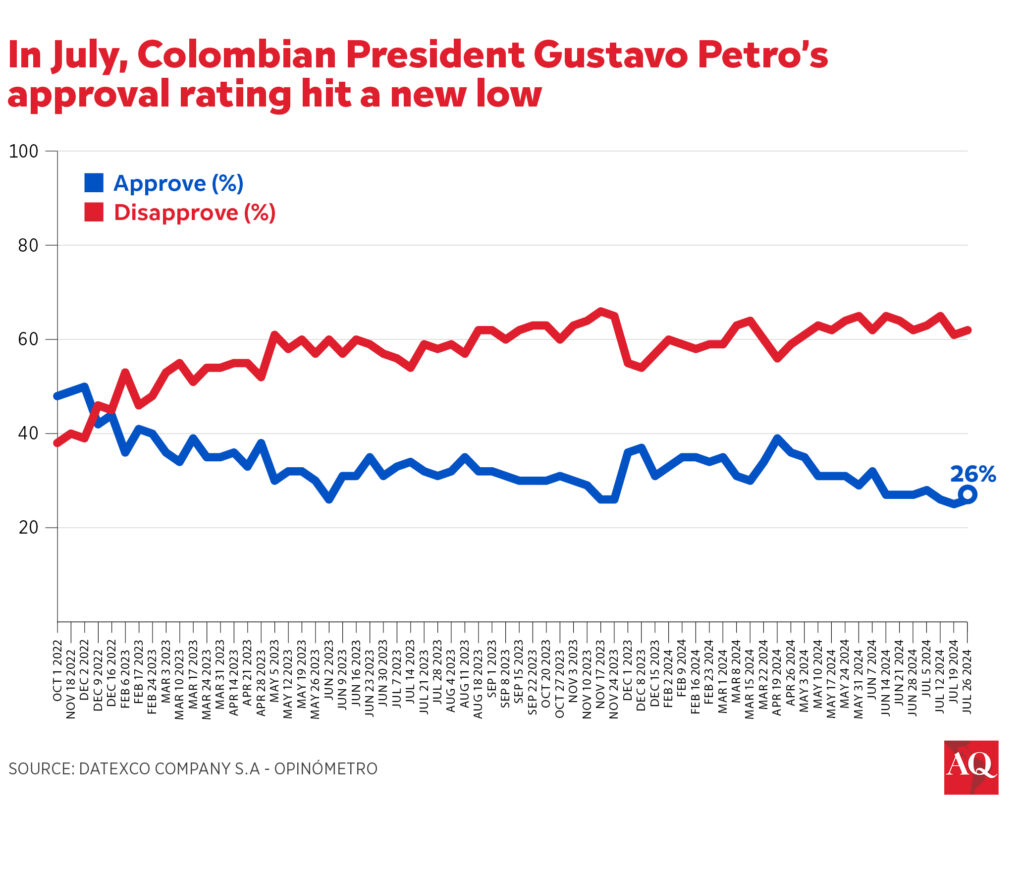
Cabinet reshuffle
These factors likely explain Petro’s partial cabinet shakeup in early July. Among the new faces is Juan Fernando Cristo, now minister of the interior, who held the same position in 2014 during the Juan Manuel Santos administration.
Seen as a moderate, this former senator who began his career in public service in the Liberal Party three decades ago has announced a willingness to build consensus around Petro’s most controversial proposals, besides the two mentioned above. Among these are reforms affecting public services, mining, and higher education, and changes to the penal code.
Observers wonder if Cristo can temper Petro, who fluctuates between negotiating with his adversaries and pursuing radical changes. Calm is prevailing for now, but previous experiences suggest that the president is more comfortable when he goes on the offensive. One year ago, he also proposed a national pact, but began to attack the opposition just weeks later.
Colombia’s fiscal riddle
In the meantime, the economy is performing slightly better than expected. Growth is picking up, and forecasts are around 2% for this year (still well below the 3.5% average for this century). Inflation is coming down—It now stands at an annual rate of 7.2% but may fall below 6% by the end of the year. The Central Bank is expected to continue lowering interest rates, giving more breathing space to debtors and pushing internal demand.
On the social front, the National Statistics Agency (DANE) reported that the poverty rate decreased by three percentage points in 2023 to 33% of the population. Inequality also diminished, although Colombia’s numbers are worse than the Latin American average on both counts.
Economic analysts are watching how the government will solve the most difficult riddle it faces: the fiscal situation. Due to a budget that was over-optimistic regarding public revenues, plus the impact of several legal decisions, the deficit is expected to surpass the 5.3% of GDP announced in February.
In June, the finance ministry announced cuts in expenditures equivalent to 1.2% of GDP, but this was seen as insufficient. A similar cut would have to happen this semester in order not to violate Colombia’s fiscal rule. At the end of July, the ministry presented a 2025 budget that included a public investment cut of over 17%. Keeping accounts in check will be challenging next year and beyond, with elections around the corner. Moody’s Ratings recently lowered Colombia’s credit outlook from stable to negative.
Security landscape
Worryingly, security concerns are on the rise. When Petro addressed Congress on July 20, several legislators held up posters reading “S.O.S. Cauca,” referring to the deteriorating security situation in that region in southwestern Colombia, which is caught between the crossfire of armed groups and gangs who protect coca and marijuana plantations.
Due to Petro’s “total peace” policy, the army has been accused of remaining in the barracks while illegal organizations gain ground. It is true that some progress has been achieved in negotiations with the ELN, the largest group. However, there are increasing reports of more kidnappings and extortions while the level of coca eradication dropped considerably, according to the Ministry of Defense.
Venezuela will also be a challenge, given the complex situation in a country that shares a 1,370-mile border with Colombia. After a few days of silence following Venezuela’s presidential election, on July 31 Petro also demanded “a full and transparent scrutiny” of votes, while invoking Hugo Chávez’s memory.
The president will continue to face many challenges during the second half of his term. Although it is too early to tell, the chances of the ruling Pacto Histórico holding on to power in the 2026 presidential election appear slim. Petro’s list of accomplishments is relatively short, and the amount of problems Colombia faces is on the rise.


